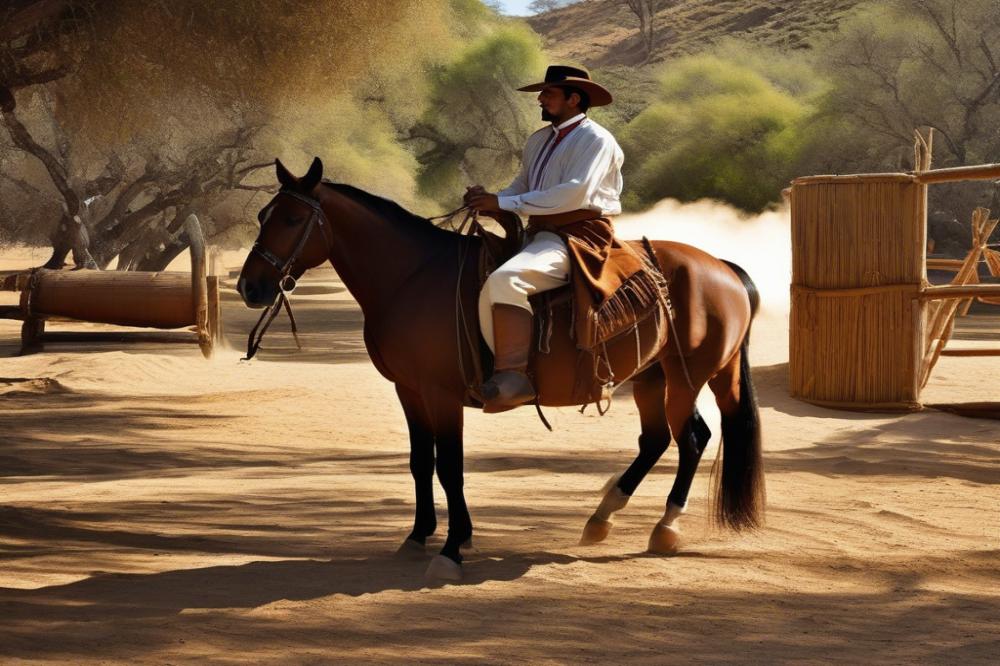Introduction
Across the world, many cultures have found deep connections with animals. In numerous societies, specific creatures have played critical roles in daily life and traditions. Among these, the bond between humans and Horses stands out. This powerful animal has been pivotal in shaping lifestyles, economies, and identities in various regions.
In Argentina, one group stands out for their remarkable relationship with these creatures: the Gauchos. Known as the skilled horsemen of the Pampas, they represent a vital part of the nation’s culture and history. These skilled riders have developed a unique way of life that incorporates elements of ranching, music, and folklore.
The bond with Horses has been essential in forming Gaucho identity. It has influenced both their work and social lives. Every aspect of Gaucho culture reflects their connection to these animals. Rounding up cattle, traveling across the plains, and competing in skills exhibitions are just a few examples. All these activities highlight how crucial these beings are to their everyday existence.
Historical Context
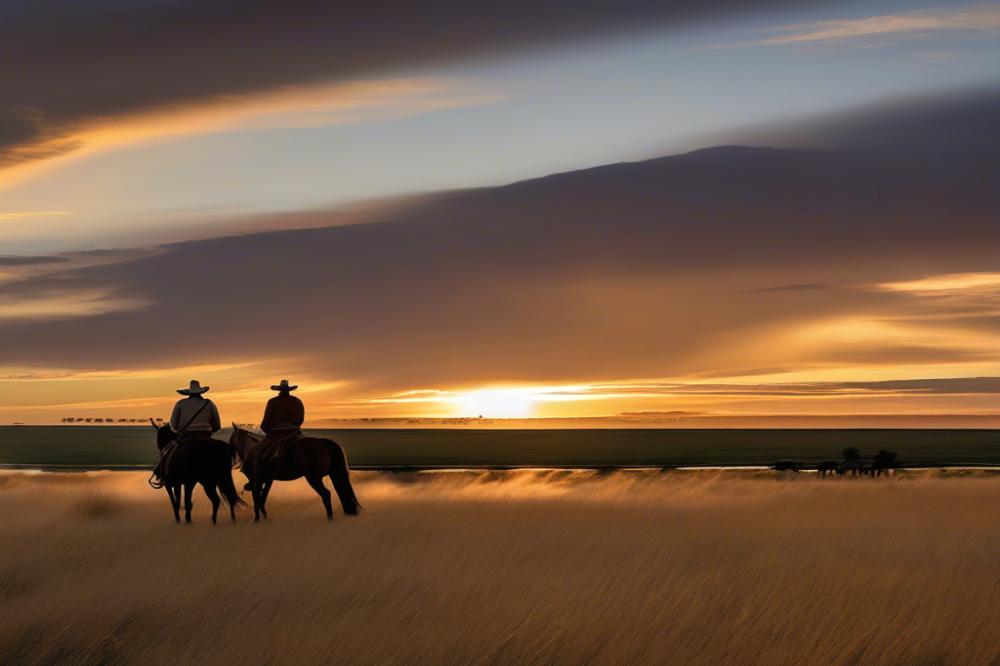
Development of cattle ranching in Argentina
Cattle ranching became crucial in Argentina’s economy during the 18th century. Grasslands known as the Pampas provided vast pastures. Ranchers, or Gauchos, raised cattle for meat and leather. This industry attracted people from various backgrounds. Wealth grew as ranch owners expanded their lands. The rise of cattle ranching transformed livelihoods and dictated social structures. Additionally, it created a thriving trade, connecting Argentina to international markets.
Role of horses in settlement and expansion of the Pampas
The expansion into the Pampas depended heavily on horseback riding. Grazing lands spread across the region rapidly became more accessible. Nomadic lifestyles were replaced by settled ranching practices. Gauchos learned to rely on equine companions for their work. Riding helped them manage herds efficiently across vast distances. Techniques for herding evolved through necessity, as did the bond between the gaucho and his animal. This relationship shaped daily life in rural Argentina.
Influence of European settlers on horse culture in Argentina
European settlers introduced new breeds and riding practices. Imported stallions and mares enriched the local population. As a result, equestrian skills gained prominence among gauchos. Mixing indigenous techniques with European methods led to a unique horse culture. Settlers also brought different tools and styles that influenced ranching techniques. The melding of these traditions created a rich tapestry in Argentina’s rural life. Gauchos became symbols of this blended heritage, showcasing their prowess in horse riding and cattle herding.
Horses in Gaucho Culture
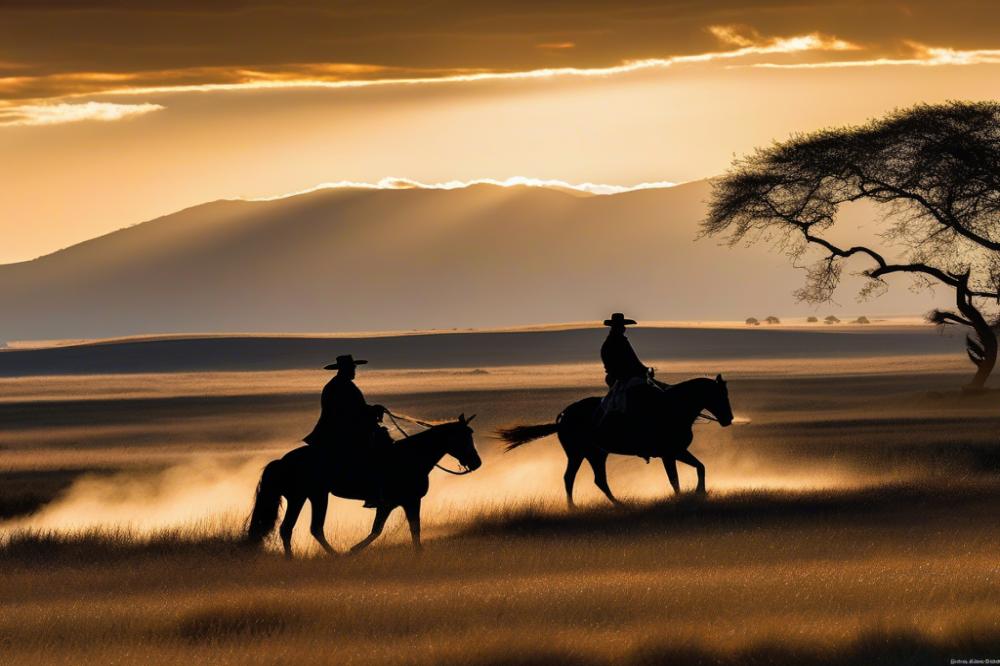
The connection between these animals and the lives of Gauchos is profound. For them, it goes beyond mere transportation. The bond is often seen as a part of their very identity. Life in the pampas demanded a certain lifestyle. Mastery of riding and care was essential for the Gaucho’s survival. It became a source of pride and a mark of exceptional skill.
Equestrian talents also served as social indicators. A Gaucho’s ability to ride skillfully often determined his status within the community. The better a person rode, the more respect they earned from peers. Competitions and exhibitions of horsemanship were popular in the rural areas. These events celebrated individual talent and solidified social hierarchies.
Traditional Dress and Folklore
Gaucho attire reflects the importance of horseback riding. Wide-brimmed hats, bombachas (baggy trousers), and boots were not just for style. Each piece of clothing was practical for riding and working with cattle. Decoration often included intricate designs representing personal stories or regional symbols.
Folklore is rich with tales of gallant riders and their faithful partners. Stories passed down through generations often highlight bravery and loyalty. Many songs and dances tell of legendary horses and their riders. These narratives play a vital role in maintaining Gaucho culture and values.
Training and Horse Breeding
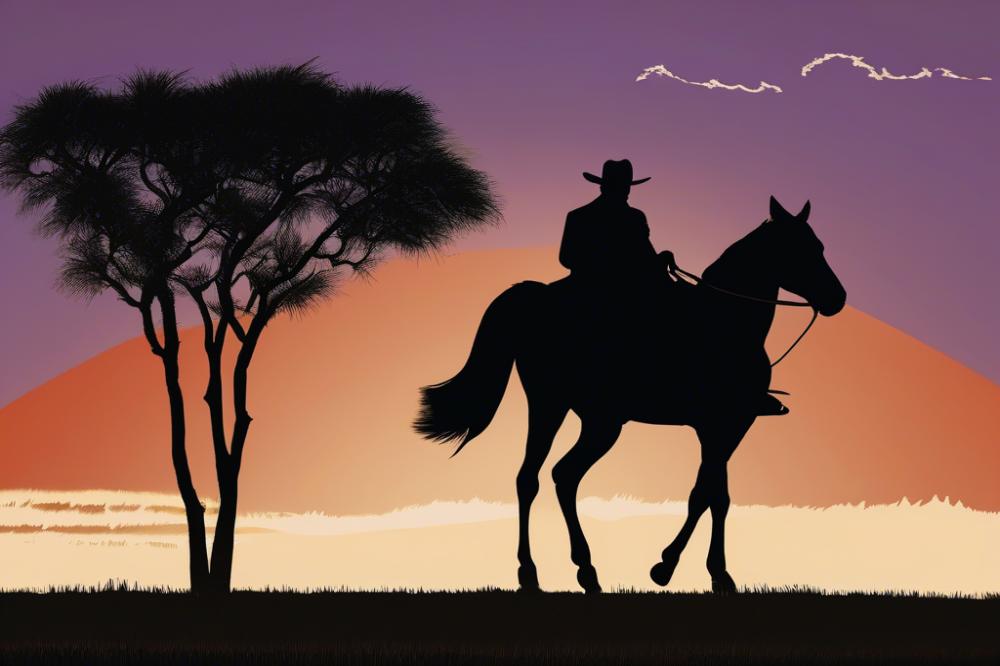
Methods of Horse Training Among Gauchos
Gauchos are known for their unique training methods. They often start with young horses, introducing them to riders gradually. Trust is key in this process. Soft voices and gentle hands help in this early stage. Training typically emphasizes responsiveness and agility. Gauchos spend countless hours in the saddle, allowing the horses to adjust to various movements. Roping and ranch work are common practices that enhance their skills. Techniques involve both patience and consistency. Over time, basics are built upon with more complex tasks. This relationship between rider and animal develops through mutual respect.
Types of Horse Breeds Favored in Argentina
In Argentina, several horse breeds are particularly valued. The Criollo breed is one of the most prominent. It is known for its endurance and hardiness, perfect for the demanding landscapes of the Pampas. Other breeds like the cuarto de milha also find favor among Gauchos. They are appreciated for their speed and agility. Each breed suits different ranching needs. A diverse selection allows Gauchos to adapt to varying climates and terrains. Understanding which breed works best in specific scenarios is crucial for effective ranching.
Impact of Horse Breeding on Gaucho Ranching Practices
Horse breeding significantly influences Gaucho life. With proper breeding techniques, animals can become stronger and more reliable. This directly correlates with improved ranching efficiency. Breeders carefully select for desirable traits, linking lineage to performance. A well-bred horse can mean the difference between a good day and a bad one. As ranching practices evolve, so do breeding methods. Innovation helps ensure that Gauchos continue to thrive in their environment. For them, mastering equine care and selection is not just a duty; it’s a way of life.
Horses and Rural Life
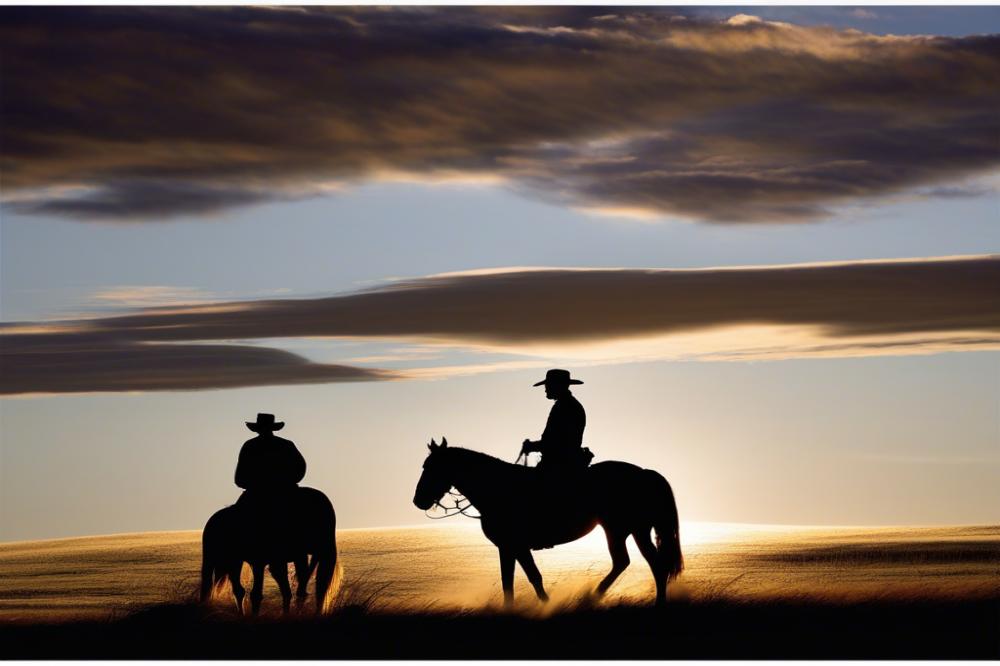
In rural Argentina, daily life revolves around the strong bond between Gauchos and their mounts. Basic activities like herding cattle or gathering forage depend on these animals. Early mornings often find Gauchos riding out to check on their livestock. Each task requires skill and trust between rider and animal, highlighting their inseparable relationship.
Social gatherings in the countryside also reflect the importance of equestrian culture. Festivals and communal events frequently feature horseback riding and competitions. Such gatherings foster a sense of camaraderie among local residents. Families come together, showing off their skills and celebrating tradition. Laughter and music fill the air, while horses play a role in creating joyful memories.
When it comes to economic activities, these creatures serve as vital tools for Gauchos. Jobs such as cattle ranching or transporting goods depend on their speed and agility. Many rely on their mounts for daily work, helping them earn a living. This relationship extends beyond mere transportation; it’s a partnership based on mutual respect and understanding.
Gauchos often showcase their expertise in managing cattle and navigating their land. Competitions testing skills like lassoing or racing allow them to demonstrate their talents. Success in these events can improve a Gaucho’s reputation and provide networking opportunities.
Through these myriad roles, the significance of these remarkable animals resonates deeply within Argentinian society. They are not merely modes of transportation but are intertwined with identity and heritage. Their presence enriches rural life, bringing people together and providing livelihoods.
The Legacy of Horses in Modern Argentina
The influence of equine culture extends deeply into contemporary Argentine society. Today, many people still celebrate the spirit of the Gaucho. Traditional ceremonies often feature riding and demonstrations of skills that highlight the bond between man and beast.
Preserving traditions related to these riders remains essential for many communities. Festivals across the country showcase unique customs that have been passed down through generations. Events like the Fiesta de la Tradición hold a special place in the hearts of many Argentines.
Visitors flock to rural areas to experience Gaucho life firsthand. These interactions foster a deeper appreciation for Argentina’s heritage. Each ride through the countryside offers a glimpse into the past, connecting travelers with the storied history of ranch life.
The economic impact of horse-related tourism is significant. It creates jobs and supports local economies while emphasizing the rich cultural identity of the region. Through ranch visits and horseback excursions, tourists learn about the customs, values, and legacy of the Gauchos.
Furthermore, media representations continue to celebrate equestrian culture. Movies, books, and even music highlight the life and work of these skilled riders. Such portrayals help maintain interest in their way of life, ensuring it remains a vibrant part of Argentina’s identity.
Final Thoughts on the Role of Horses in Gaucho Culture
Reflecting on the impact of horses within Argentina’s gaucho history reveals their central role in shaping a lifestyle and an identity. These animals were not merely tools for work; they symbolized freedom, strength, and resilience. Gauchos relied on their trusty steeds for daily tasks, from herding cattle to exploring vast landscapes. This bond between horse and rider is integral to understanding the gaucho way of life.
Cultural traditions have been influenced profoundly by this relationship. Festivals, music, and even literature celebrate the horse as a key figure in gaucho folklore. The dance of the malambo, along with other local customs, often showcases this deep connection. On both physical and emotional levels, these animals played a critical role in defining what it means to be a gaucho.
Looking ahead, the future of horse culture in Argentina faces several challenges. Urbanization and modernization risk diluting these age-old traditions. However, the passion for the gaucho way of life remains strong. New generations are working to keep this heritage alive, fostering a renewed interest in horsemanship and traditional practices.
In a world that changes rapidly, the significance of these equine companions cannot be overstated. They will continue to shape identities and cultures in Argentina. The ongoing appreciation for the bond between gauchos and their powerful partners speaks to a legacy that is worth preserving.

